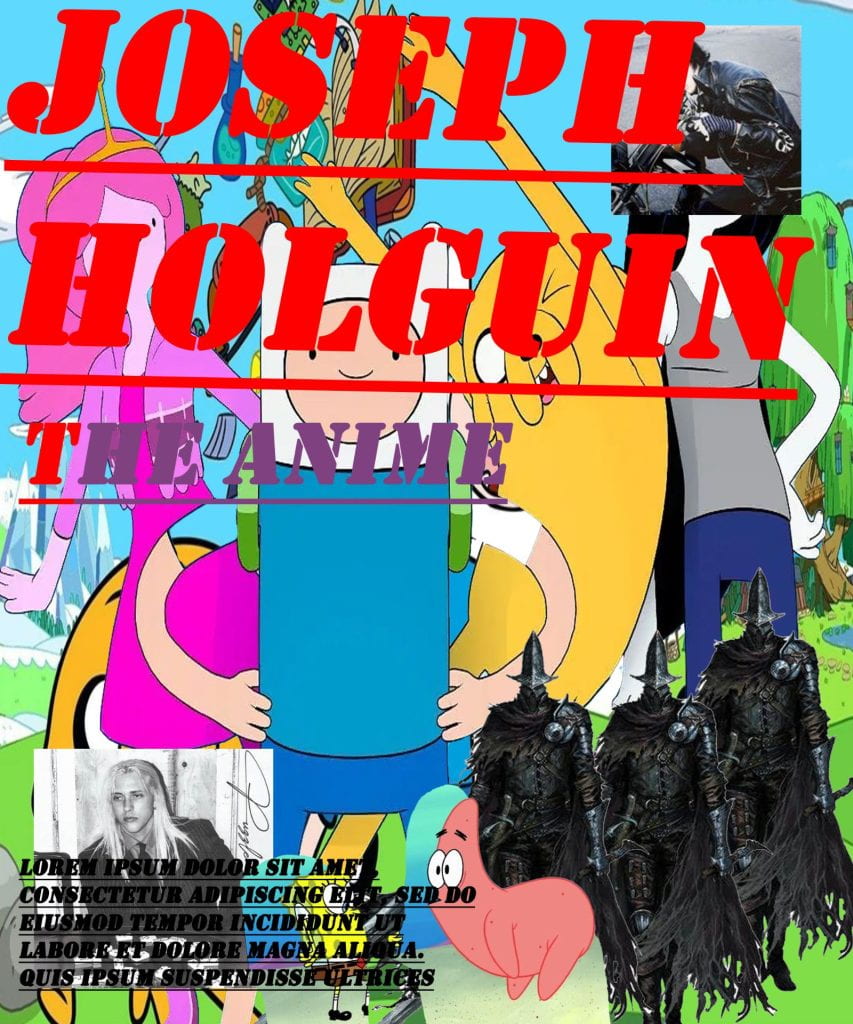This poster contains significant interest that I’ve perused throughout my life. Through the combination of different interest such as Adventure Time and Fortnite’s collaboration with the franchise I was capable of completing a collage of two things that have influenced my life. Not only did I implement childhood cartoons but also video games that left an impact on my life and who I was growing up. The reference to the abyss watchers from dark souls 3 and the SpongeBob photo are both things that I think about often on my free time. I’ve grown up learning about these weird yet interesting topics that have actually also influenced my musical taste. I implemented two of my favorite new albums by Puzzle and Enjoy both from the popular band called the Garden.
SOMETHING YOURE SCARED OF
How to get inspired in your photography
You can become inspired in your photography through searching for influences to base your style and work around. Taking a look at other photographer’s work can also heavily influence your inspiration for idea causing you to gain new thoughts and applying it to your own creativity. Learning about photography and the history of it can lead to a stronger appreciation of it which can also inspire you. Finding artist and friends around you who are also photographers will also influence you to want to continue working in the field of photography and possibly other fine arts.
Magazine Photography
STICKERS
LETTER TO NEW PHOTO STUDENTS
greetings new students of photo one, to be completely honest with you, this is one of the most fun classes and more interesting I have ever taken in this school. not only is the art of photo itself an intriguing concept but I actually learnt to value it as an important skill in life that everyone should develop for the reason of simply capturing a memory within a split moment the way you want it to be remembered. lots of memories will be made within this class. enjoy it.
METICULOUS PHOTOGRAPHY
the contrast portrayed through the different gradients of colors within Emily’s photography create a unique and vibrant art style which is captivating to the naked eye.
surealistic collage
STORY CONTRAST
Advertising Photography
Some of the best ads I have ever seen includes the Milky way ad and Snickers where the guy is hangry in the tattoo shop.








